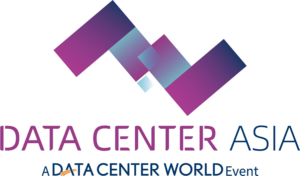As the data center industry continues to evolve, the significance of optical networking for data centers has become increasingly apparent. With a growing demand for high-speed connectivity and efficient data management, understanding the core components of optical networking is vital for professionals looking to enhance their operations.
Data Center Asia 2025 offers a unique opportunity to explore cutting-edge solutions and connect with industry leaders shaping the future of data center operations—join us to stay ahead and shape the future of data center operations!

The Role of Fiber Optics in Data Centers
At the heart of optical networking lies fiber optic technology, which enables rapid transmission of data over long distances with minimal loss. In data centers, the use of fiber optics facilitates faster communication between servers and storage systems, significantly improving performance. Data center managers can benefit from implementing fiber optic solutions, as these networks can handle higher capacities than traditional copper cables, ensuring that data is transmitted quickly and reliably.
Moreover, fiber optics offers scalability, allowing data centers to expand their network capabilities without the need for extensive overhauls. This advantage is particularly crucial for businesses in the Asia Pacific region, where the rapid growth of data centers has created an insatiable demand for advanced networking solutions. As professionals gather at the upcoming data center Asia Pacific, they will have the opportunity to explore innovative fiber optic technologies that can transform their operations.
Key Components of Optical Networking
Understanding the core components of optical networking is essential for anyone involved in the data center industry. These components include optical transceivers, switches, and multiplexers. Optical transceivers are crucial for converting electrical signals into optical signals and vice versa, enabling seamless communication across the network. Meanwhile, optical switches allow for efficient data routing, while multiplexers enable multiple data channels to be transmitted simultaneously over a single fiber optic line.
These advancements not only improve network efficiency but also reduce latency, making them invaluable for high-performance data center environments. Professionals attending Data Center Asia 2025 will gain insights into the latest innovations in these areas, providing them with the knowledge needed to enhance their infrastructure.
Conclusion
In conclusion, understanding the core components of optical networking is essential for data center professionals looking to optimize their facilities. The benefits of adopting fiber optic technology and mastering the components of optical networking cannot be overstated, especially as businesses seek to meet growing demands in the Asia Pacific region. As you prepare to meet buyers at Data Center Asia 2025, consider the invaluable insights and networking opportunities the exhibition offers. By participating in this premier data center exhibition, you will position yourself at the forefront of the evolving data center landscape.



